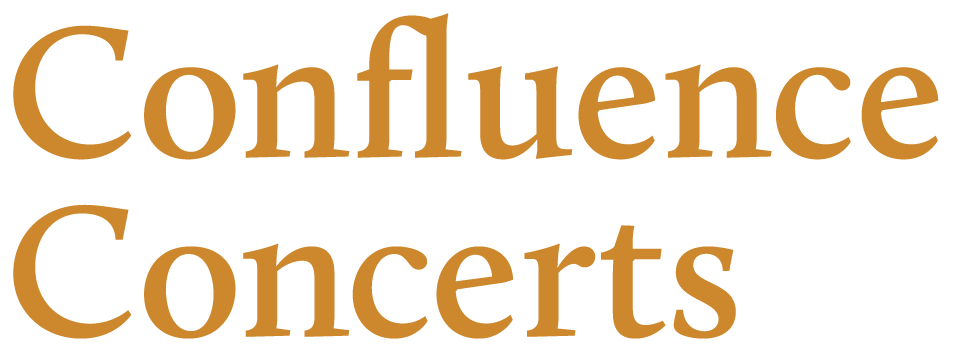The Beethoven String Quartet Project: Op. 18, no. 4
As the necessary home confinement continues today and for the foreseeable future, I have turned to a project I intended to engage in at some point this year: listening to and reflecting upon the magnificent string quartets of Ludwig van Beethoven, who was born 250 years ago. For each of the next 17 days, I hope to post a short paragraph or two on these stimulating pieces.
STRING QUARTET No. 4 in C MINOR, op. 18, no. 4
I listened to the recording of the Eybler String Quartet, recorded in 2019 on the Sixteen Productions label. It is available on YouTube.
Allegro ma non tanto https://www.youtube.com/watch?v=5ssyUORTDn0
Scherzo: Andante scherzoso quasi Allegretto https://www.youtube.com/watch?v=TfzWzE-7Jek
Menuetto: Allegro & Trio https://www.youtube.com/watch?v=m4rStiLc02s
Allegro-Prestissimo https://www.youtube.com/watch?v=6XAlPW98UzU
(There’s also a wonderful “live” video of the Eyblers playing the last movement at https://www.youtube.com/watch?v=eecJ4pY8ad8 )
There is a good deal of controversy surrounding this quartet, at least among past musicologists, who felt that it was a reworking of an earlier work of Beethoven’s and were suspicious of the fact that there were no surviving sketches for the piece. Joseph Kerman is quoted in The Beethoven Quartets as finding this quartet to be “the exceptional work in the Op. 18 series; exceptional, by its weakness, in the entire corpus of Beethoven quartets.” Harsh words! I appreciate and agree with the counter-argument from the BBC producer and composer Robert Simpson (1921-1997) who wrote that the C minor quartet does not aim “at profundity...and…much harm has been done by the expectations aroused by Beethoven’s famous ‘c minor mood’, as if there were such a thing in a generalized sense. C minor often incites Beethoven to blunt energy, but never to the same mood twice…..most criticisms of Op. 18, no. 4 miss its sardonic humour by expecting a C minor Titan.”
I have been cognizant - through these first few quartets of Op. 18 - that the whole collection of six have been recorded recently by the Eybler String Quartet, who are based in Toronto, play on period instruments and are all friends of mine. I’m so glad to have waited til the C minor to listen to their performance, for this is the perfect piece to listen to on period instruments. I want to focus mostly on the works and not critique the performances I listen to, but I have to say that the Eyblers play with such wonderful abandon and skill and they bring all of their sensitivity of period style to bear without losing any fire, intensity or virtuosity. Quite the opposite, actually. They make Robert Simpson’s argument and show Beethoven as the nuanced, multi-faceted, endlessly inventive composer he was, not a statue-like figure of eternal stern nobility.
The first movement of Op. 18, no. 4 dives right into the Sturm und Drang of early German Romanticism and fills our ears and souls with drama and urgency, while its second theme (in Eb major) is full of longing and poignancy, setting up a powerful contrast in moods that continues through the movement. I’ve always smiled at the dialogue of chords (double and triple stops) that the players engage in, and cannot suppress momentary laughter when, in the recap, those chords rise by a semi-tone at a time, reminiscent of the old organ motives at hockey games.
The C major second movement is poised and delicate with its ongoing canonic entries, use of repetition for effect and choral-like use of voice groupings (2, 3 and 4 part writing). The sonorities are gorgeous when all the instruments play sustained notes together. The gentle dissonances are signs of things to come in the later quartets. The ingenious return of the main theme gives one goosebumps and the whole movement ends in a lovely, gentle way.
The Minuet and Trio is rather traditional in structure, but the subtle, varied writing is really skillful. The use of syncopation keeps us slightly off-balance throughout and the key of the Trio (Ab major) is somewhat of a surprise, though it works perfectly!
I’ve always loved the final movement and enjoy playing it a lot. We’re back to the storm with the main theme, but there are contrasting interludes that are full of interest and melodic/rhythmic/harmonic ingenuity. I guess it’s a Rondo, but with each return of the main theme, there are wonderful variations in voicing, harmonies and, in the end, tempo. The last time the theme returns, it’s at breakneck speed (Prestissimo), galloping to a powerful end.
Throughout the four movements, I am struck by Beethoven’s increasing experimentation with a wide range of dynamics and articulation markings (especially subito forte, often on the off-beats) and fermatas, which bring the forward-motion to a sudden, momentary halt giving us just enough time to comprehend what’s going on before moving on. These are all dramatic techniques that he is rightly famous for and which magnify the musical meaning.
It was wonderful to hear this piece on original instruments and, in these uncertain times, to be close to these special musicians, for all of whom I have great affection.
Maybe this isn’t what we expect from Beethoven in C minor. I mean, it’s not the fifth symphony, but - judged on its own merit - this quartet is another gem.
Larry Beckwith (Monday, March 23, 2020)
